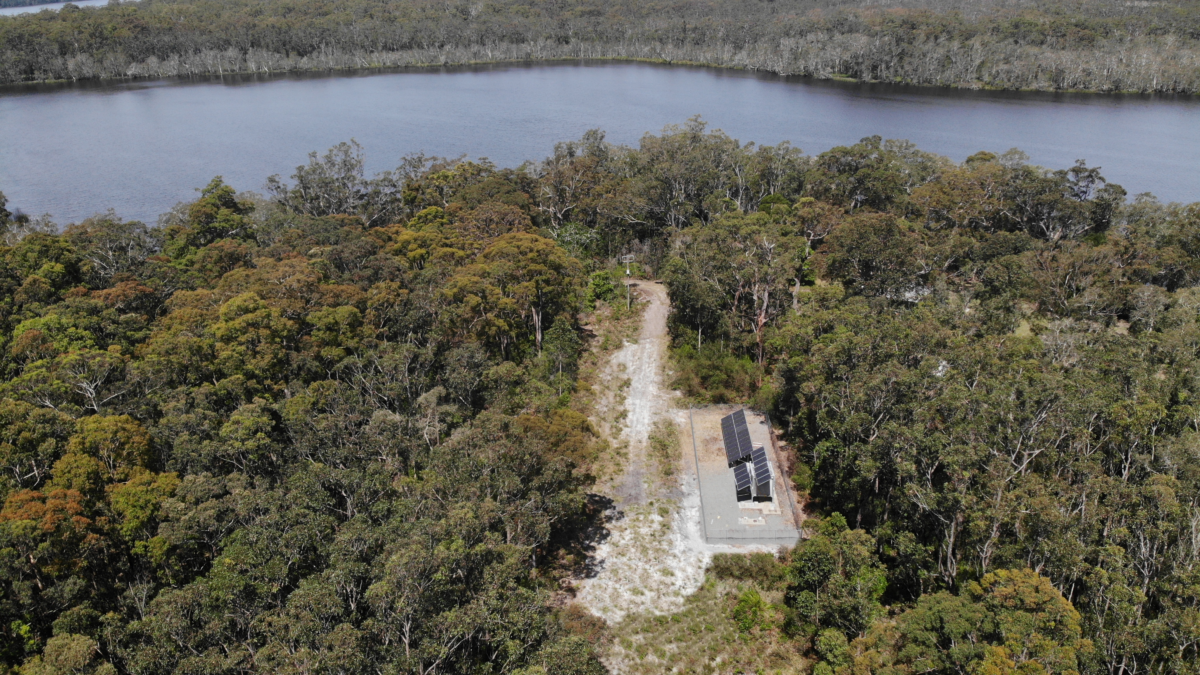Boundary Power says its first standalone power system deployment in NSW demonstrates an appetite for the off-grid technology in Australia’s east.
Before August 2022, regulations made it extremely difficult to deploy standalone power systems (SAPS) in the National Electricity Market (NEM), Australia’s main grid which runs along its east. Those regulations have now been amended, with Boundary Power director Rod Henderson saying demand is steadily growing.
SAPS, which typically include solar panels, batteries, inverters and a back-up diesel generator, are proving highly successful in Western Australia, which is not part of Australia’s national grid.
West Australia has deployed many SAPS already and plans to deploy thousands more, with its rollout establishing the technology is capable of improving reliability and reducing both maintenance costs for networks and emissions.
To that end, Western Australia’s government-owned utility Horizon Power and electrical engineering company Ampcontrol in 2021 joined forces to created Boundary Power – a new company focusing on accelerating SAPS rollout not only in WA but across the now-ready nation.
While West Australia’s grid is particularly tricky, Australia is home to many tenuous grid connections and remote customers, making it a ripe landscape for such a solution.
In this particular instance, Boundary Power deployed its Solar Qube SAPS product, which was assembled in its workshop, with all electrical testing and commissioning completed before being transported to the remote site.
Boundary Power director, Rod Henderson, described himself as elated at seeing the east coast market embrace the technology. “To have Boundary Power’s very first Solar Qube deployed into New South Wales, a market that is seeing significant growth, is exciting for the team who designed the product here in the Hunter Valley.”
“We look forward to seeing the increase in demand from the east coast as they follow in Western Australia’s footsteps and embrace off-grid renewable SAPS to deliver energy into remote communities.”
This content is protected by copyright and may not be reused. If you want to cooperate with us and would like to reuse some of our content, please contact: editors@pv-magazine.com.









2 comments
By submitting this form you agree to pv magazine using your data for the purposes of publishing your comment.
Your personal data will only be disclosed or otherwise transmitted to third parties for the purposes of spam filtering or if this is necessary for technical maintenance of the website. Any other transfer to third parties will not take place unless this is justified on the basis of applicable data protection regulations or if pv magazine is legally obliged to do so.
You may revoke this consent at any time with effect for the future, in which case your personal data will be deleted immediately. Otherwise, your data will be deleted if pv magazine has processed your request or the purpose of data storage is fulfilled.
Further information on data privacy can be found in our Data Protection Policy.